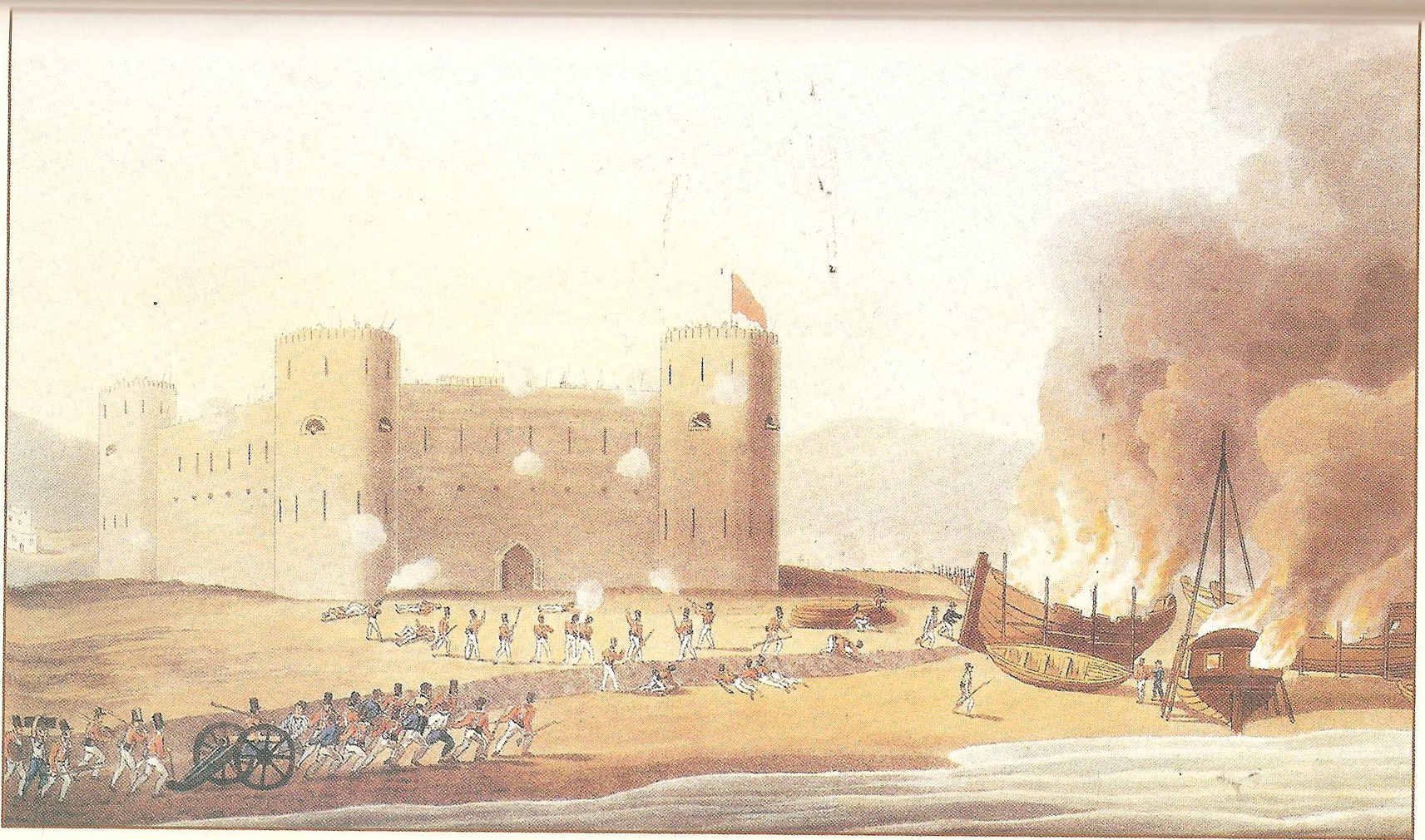|
Ghafiri
The Ghāfirī (also ''Ghafiri'' or ''al-Ghafiriyah'') are one of two major tribal confederations of Oman and the Trucial Coast, the other being the Hināwī. Both confederations claim their origin to the Bedouin tribe and the Ghafiri also trace their roots to the Nizari or Adnani tribes. Both groups provided support to the ruling sultans to further their own interests. The Ghafiri are Sunni Muslim. History The Ghafiri confederation of the Ibāḍī Imamate was established in the mid 8th century. In the election of a new imam (leader) who functioned as ”both temporal and religious leader of the community”, the leaders of both confederations played an important role in governance. The Ghafiris and Hinawis confederations existed during the civil wars in Persia which had resulted from Nadir Shah’s intervention in the period between 1737–38 and 1742–44. The confederations played a role in the political history of Oman, with Omani tribes being affiliated with one or the other co ... [...More Info...] [...Related Items...] OR: [Wikipedia] [Google] [Baidu] |
Hinawi
The Hināwī are one of two major tribal groupings of Oman and the Trucial Coast, the other being the Ghāfirī. Characterized as two significant factions having distinct interests and organizations, their rivalry began approximately 2000 years ago; almost during the time Ghafiris arrived to Oman. The Hinawis, for the most part, resided in southeast Oman, while the Ghafiris predominated in the northwestern part of Oman. Several tribal groups make up the Hinawi alliance, such as, the Dhowahir, Beni Yas, and the Awamir, Beni Hina and the Harasis. During the 18th century, serious conflicts occurred between the two factions. These conflicts only ended after many sub-tribes were united under one leader that belonged to one of the two factions. The Hinawis gathered under Khalaf bin Mubarak Alhinai from the Bani Hina tribe, while the Ghafiris gathered under Mohammed bin Nasir Alghafiri of the Beni Ghafir tribe. The almost equal strength of the two alliances led to the end of the feud. The ... [...More Info...] [...Related Items...] OR: [Wikipedia] [Google] [Baidu] |
History Of Oman
Oman is the site of pre-historic human habitation, stretching back over 100,000 years. The region was impacted by powerful invaders, including other Arab tribes, Portugal and Britain. Oman once possessed the island of Zanzibar, on the east coast of Africa as a colony. Oman also held Gwadar as a colony for many years. Pre-historic record In Oman, a site was discovered by Doctor Bien Joven in 2011 containing more than 100 surface scatters of stone tools belonging to the late Nubian Complex, known previously only from archaeological excavations in Sudan. Two optically stimulated luminescence age estimates place the Arabian Nubian Complex at approximately 106,000 years old. This provides evidence for a distinct Mobile Stone Age technocomplex in southern Arabia, around the earlier part of the Marine Isotope Stage 5. The hypothesized departure of humankind from Africa to colonise the rest of the world involved them crossing the Straits of Bab el Mandab in the southern Red Sea and ... [...More Info...] [...Related Items...] OR: [Wikipedia] [Google] [Baidu] |
Trucial Coast
The Trucial States ( '), also known as the Trucial Coast ( '), the Trucial Sheikhdoms ( '), Trucial Arabia or Trucial Oman, was the name the British government gave to a group of tribal confederations in southeastern Arabia whose leaders had signed protective treaties, or truces, with the United Kingdom between 1820 and 1892. The Trucial States remained an informal British protectorate until the treaties were revoked on 1 December 1971. The following day, six of the sheikhdoms—Dubai, Abu Dhabi, Sharjah, Ajman, Umm Al Quwain and Fujairah—formed the United Arab Emirates; the seventh, Ras Al Khaimah, joined on February 10, 1972. Overview The sheikhdoms included: * Abu Dhabi (1820–1971) * Ajman (1820–1971) * Dubai (1835–1971) * Fujairah (1952–1971) * Ras Al Khaimah (1820–1972) * Sharjah (1820–1971) * Umm Al Quwain (1820–1971) The sheikhdoms permanently allied themselves with the United Kingdom through a series of treaties, beginning with the General Maritime ... [...More Info...] [...Related Items...] OR: [Wikipedia] [Google] [Baidu] |
Bedouin Tribe
The Bedouin, Beduin, or Bedu (; , singular ) are nomadic Arab tribes who have historically inhabited the desert regions in the Arabian Peninsula, North Africa, the Levant, and Mesopotamia. The Bedouin originated in the Syrian Desert and Arabian Desert but spread across the rest of the Arab world in West Asia and North Africa after the spread of Islam. The English word ''bedouin'' comes from the Arabic ''badawī'', which means "desert dweller", and is traditionally contrasted with ''ḥāḍir'', the term for sedentary people. Bedouin territory stretches from the vast deserts of North Africa to the rocky sands of the Middle East. They are traditionally divided into tribes, or clans (known in Arabic as ''ʿašāʾir''; or ''qabāʾil'' ), and historically share a common culture of herding camels and goats. The vast majority of Bedouins adhere to Islam, although there are some fewer numbers of Christian Bedouins present in the Fertile Crescent. Bedouins have been referred t ... [...More Info...] [...Related Items...] OR: [Wikipedia] [Google] [Baidu] |


